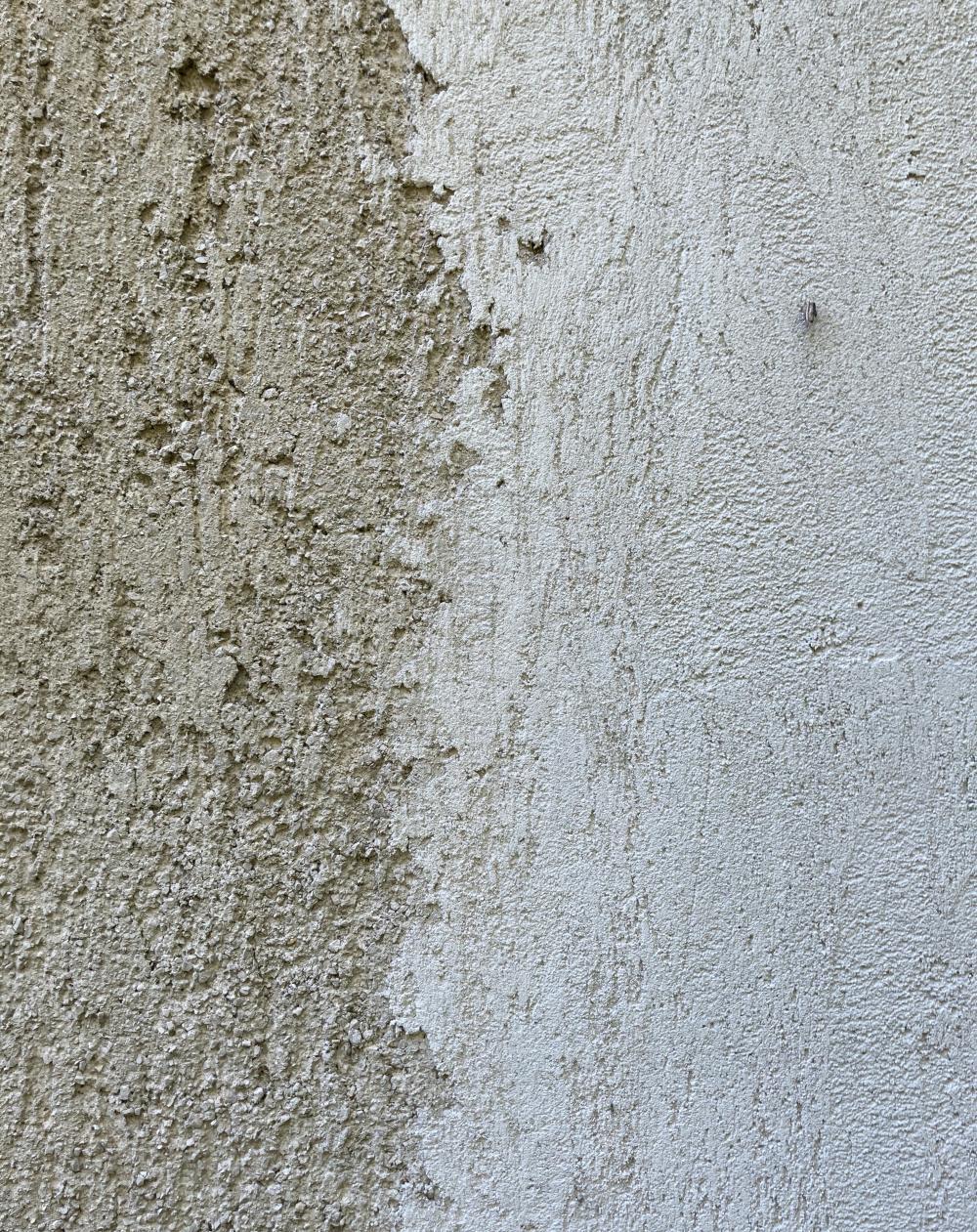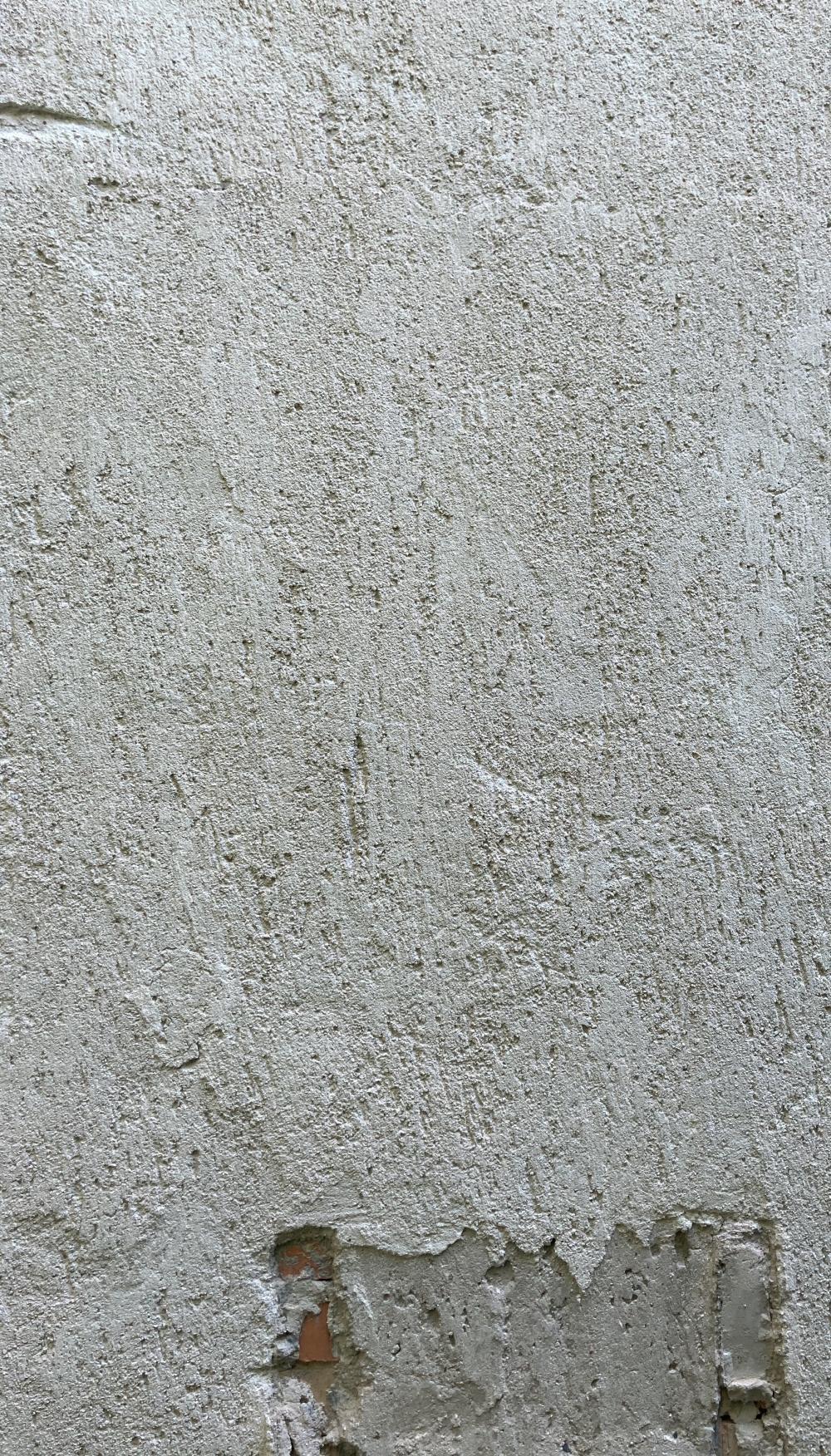Conclusion
It remains to be seen what the legacy of the Covid-19 pandemic will be for the prison system. At the present time, the current risk management style appears to have halted the infection within Chinese prisons. Certainly, the authorities may be considering new mechanisms of disease prevention and control to deal with the evolving state of disease spread. However, they will hardly depart from the logic of order maintenance and institutional control.
Concerning the picture of prison management at the present time, it poses several questions for applying a RJ framework to prisons. RJ is concerned with restoring social relationships among different social members. At a time when risk-logic is predominant, stringent measures in controlling risks can inhibit a person’s bonds with his community. Balancing the needs of different groups remains another intriguing issue to tackle, one evident in suppressing the needs of prison officers for the security of the general public. However, a more fundamental question would be what it means for repairing social relationships during a period of social distancing.
Furthermore, advocates of RJ have converged their attention on challenging the prison regime under a retributive paradigm. During normal times, prisons function to regulate social relations by isolating wrongdoers from law-biding citizens. For RJ, if prison is not to be abolished, its use should be contained and minimised. Yet RJ advocates remain silent on proposing an effective solution to control the spread of disease infection in prisons at this special time.
Last but not least, there exists a viewpoint of RJ proposing that it contains a future-minded logic (Shearing, 2001), i.e. by bringing the harm inflictors and harm bearers together to solve their disputes, both sides will be able to live together again. This sounds valid; however, the question will be how RJ can successfully bridge its relational approach and the broader security context, especially during a pandemic.






